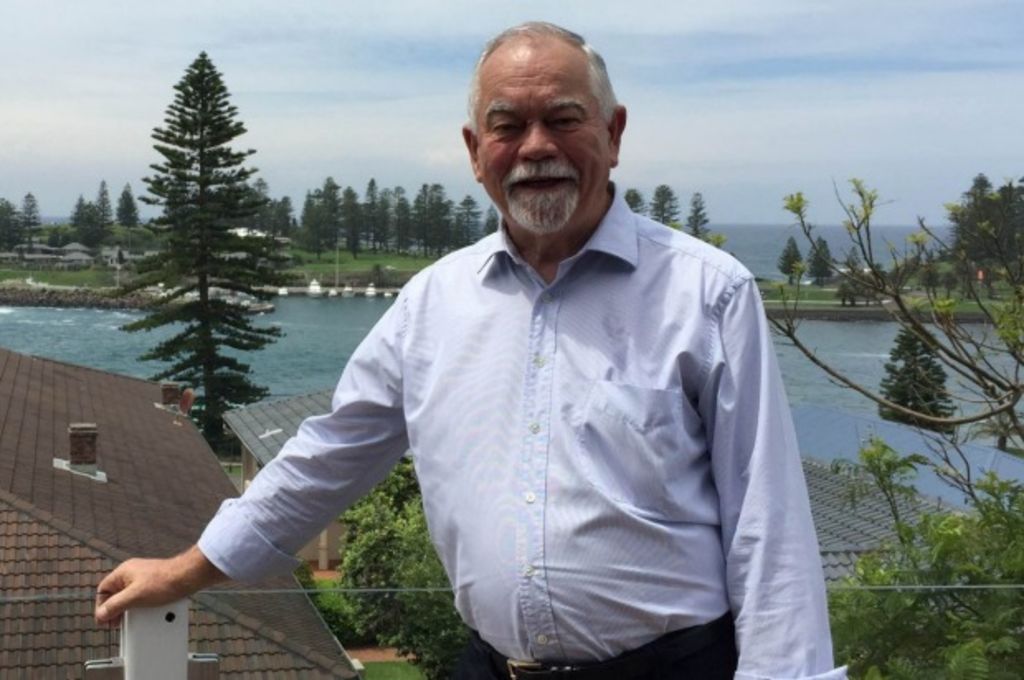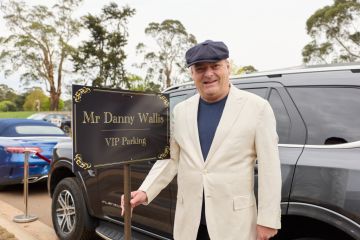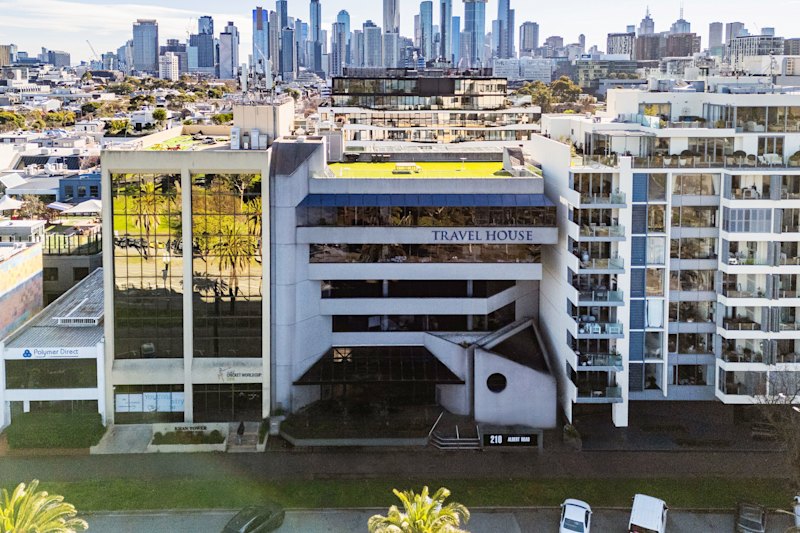Forget sea-change, the rise of the 'e-change' is creating new 'lifestyle towns' each year, according to report

John Clarke is still adjusting to his new daily commute.
Every morning he gets dressed, grabs some breakfast on the go and heads off down the corridor.
About five seconds later, he arrives at his home office.
Clarke had lived in Sydney for the past 32 years, running his business coaching company, until he and his wife Susan recently decided to leave the hustle and bustle behind.
“Sydney is very much becoming a city that you plan to live in for a period of time for a reason, and once you’ve got that plan in place, moving out of Sydney becomes that next logical step to take.”
Clarke’s exit strategy was a sea-change to Kiama, owing to a winning combination of family, lifestyle and affordability.
“Sydney prices are just going absolutely crazy and we sold at a very good time. We were happy with what we got and we came down here and still have some change.”
Clarke is part of an estimated 4 per cent of Australians who work from home and one of the many trading in life in the big smoke for a better lifestyle.
According to a new report commissioned by nbn and developed by demographer Bernard Salt, an “e-change movement” is under way across our country, with Australians moving beyond the metropolitan fringe but commuting back to the city for work.

Salt expects 8 per cent of the workforce to be telecommuting by 2026.
Salt says the towns were chosen based on whether it was feasible to get home from work in the city within two hours on a Friday night.
Towns within 150 kilometres of Sydney, Brisbane, Melbourne and Adelaide were included, while areas within 75 kilometres of Canberra, Hobart and Darwin also made the cut.
Bundanoon, in the Southern Highlands, is a lifestyle town that has seen its population grow by 19 per cent between 2006 and 2011. Gerringong, just south of Kiama, grew by 11 per cent.
While retirees are leading the way when it comes to a sea-change or tree-change, it’s also professionals like Clarke, who are sparking a rise in what Salt calls an “e-change”.
He says 3 million to 4 million Australians currently live in these lifestyle zones, but they have been held back so far by access to jobs.
Growing access to technology and fast internet will open up a whole new segment of people who can work remotely if they wish, Salt says.

“We will see more people in their thirties and forties moving to those areas, because not everyone has the values of pursuing the most money they can earn. Other people are worried about commute time and cost of living,” he says.
“The vast majority of people who will “e-change” will still need to have face-to-face meetings occasionally.”
But not everyone is convinced by the notion of an e-change movement in Australia.
Employment relations professor David Peetz, from Griffith University, says that while there is a “bit of a trend” towards telecommuting, it’s only a very small proportion of the workforce.
“It’s become a lot easier, and it’s happening more and with the nbn improving the internet – you would have to expect that.”
But he believes there would only be a small increase in those who would telecommute because of bandwidth improvements.
“Yes it probably will lead to some people moving away from the bigger cities but you’d have to question whether it would change the demographics of these places,” Peetz says.
Even if people were considering an e-change, he says, while employers often talk big about ‘flexibility’, the reality is that there are still plenty of workplace constraints.
“There are some things you can only do at work, or for security reasons you might want to work at home but you aren’t able to take anything from your office. The nbn won’t alter those constraints.”
Peetz says there might also be the psychological phenomenon of “presenteeism” at play.
“People feel the need to be seen to be at work and that really has a constraining effect on people working from home.”
Clarke says having high-speed broadband, which was rolled out in Kiama in 2011, helps with some aspects of his job, like Skyping with his clients.
But he admits that it’s not that simple for everyone to work from home.
“It’s a major challenge. We have a managerial ethos that says we have to be able to see people to know they are doing their job,” Clarke says.
We recommend
We thought you might like
States
Capital Cities
Capital Cities - Rentals
Popular Areas
Allhomes
More







